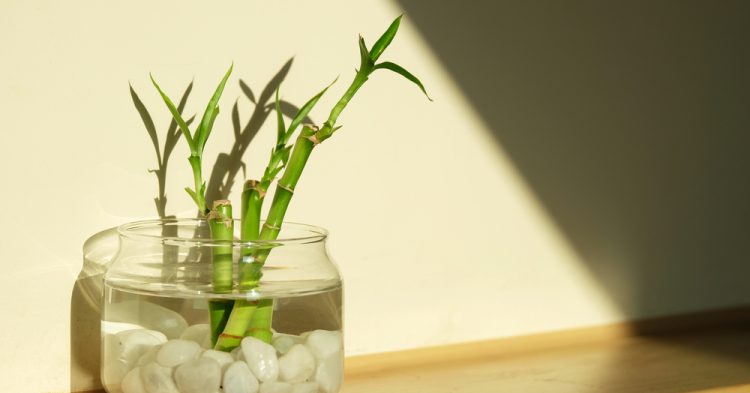Bamboo can be quite a beautiful plant. Besides offering a gorgeous garden setting, bamboo shoots can also offer shade and privacy protection. However, one invasive plant expert believes that bamboo should come with a warning because it grows extremely fast and can damage building foundations and breakthrough brick and mortar. Like the Japanese knotweed, bamboo can be dangerous for homeowners if the plant gets too close, with some people claiming that it even got inside of their homes!
Because bamboo grows so quickly, it has been able to sneak out of people’s gardens and travel to other parts of the yard. If it gets into a crack in concrete or otherwise gets close to a home, it can result in damage that may be difficult to reverse.
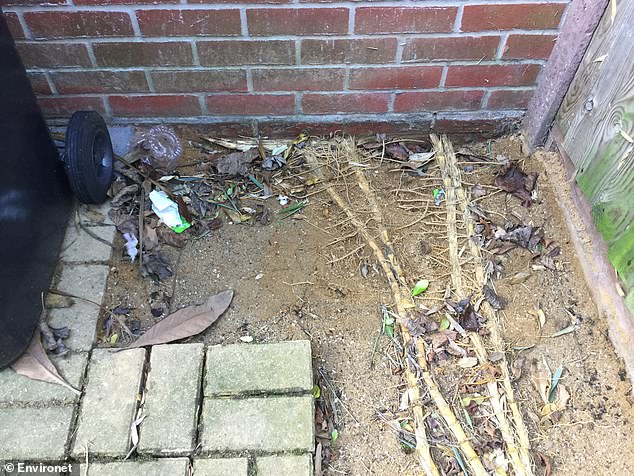
According to experts, the roots of some bamboo species can spread up to thirty feet. This means that the roots can damage homes even if they are not super close. Because of the risks bamboo poses, it can be a bad choice for home gardens. Invasive plant experts believe that it might be more trouble than it is worth.
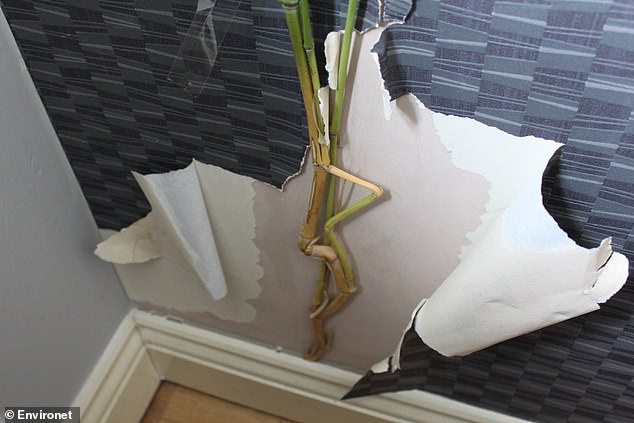
Bamboo is very versatile, which makes it thrive as an invasive species. The plants’ roots can strangle plots of land because the roots can become so tangled and massive. They can also break through brick and mortar and cause damage to structural foundations. Bamboo can also thrive in various soils as well as temperatures and climates. Additionally, it does not require much maintenance, making it a popular choice for people who don’t have green thumbs.
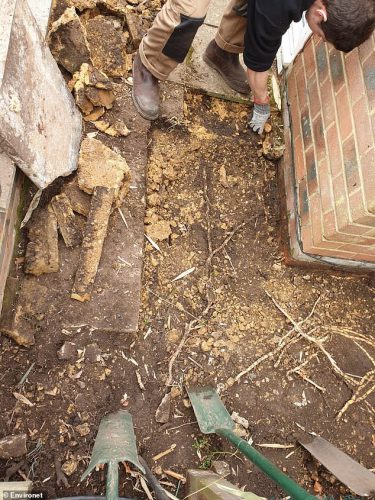
However, Nic Seal, founder of Environet, a British company, believes more people need to know how destructive bamboo can be for their property.
“It’s time for garden centers and plant nurseries to take some responsibility for the escalating problem being faced by gardeners up and down the country who have bought bamboo in good faith with no warning of the risks,” Seal told MailOnline. “The fact is that most bamboos are invasive – and I expect they would be a good deal less popular if gardeners were given the facts at the point of sale. We’re regularly dealing with entire gardens that are a mass of bamboo rhizome, where homeowners have desperately tried to keep on top of the problem by cutting back or mowing new shoots as they emerge.”
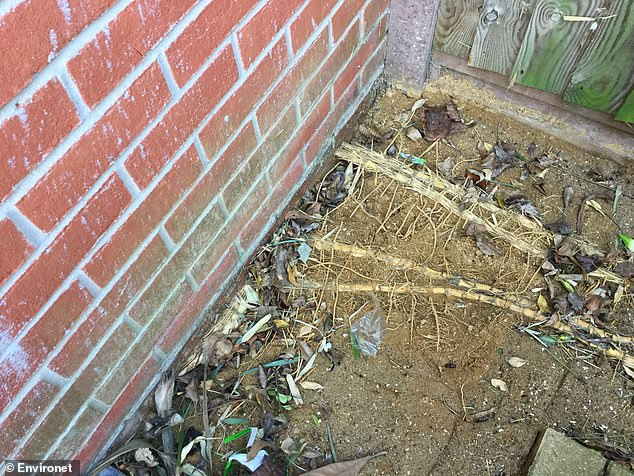
He added, “But once it’s on the run, the only way to deal with it properly is to excavate the root ball and dig out every lateral rhizome, which often means chasing them across boundaries into neighboring gardens. I’ve even seen bamboo growing up between the skirting board and wall of a house, having encroached beneath the patio from next door’s garden and exploited a weakness in the property’s foundations.”
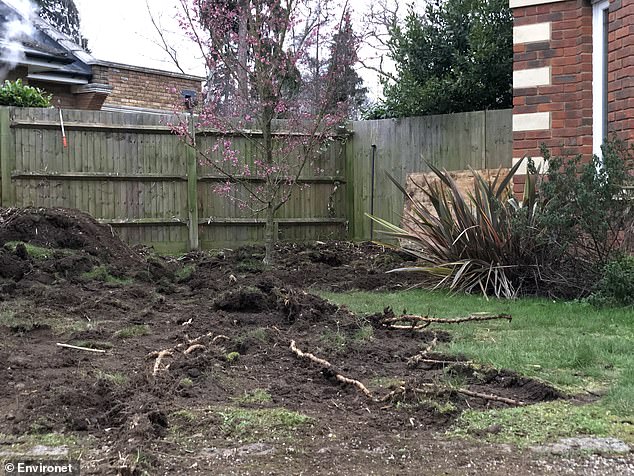
Kate Saunders planted bamboo on her South West London property after consulting with a plant expert. Nevertheless, she was not able to stop it from spreading throughout her property.
“I’d advise anyone considering planting bamboo to think twice and only plant it in pots or containers above-ground,” Saunders warned. “And be prepared to do a lot of maintenance to control it.”
